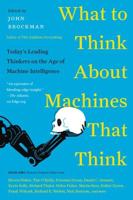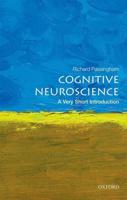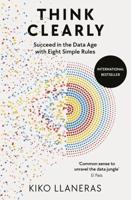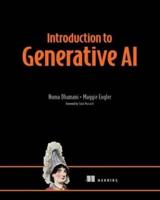Publisher's Synopsis
Dive into the fascinating intersection of artificial intelligence and the enigmatic world of dreams with Synthetic Dreams Protocol: Studies in Artificial Consciousness Architecture.
This groundbreaking work explores the potential of synthetic dreams as a key to unlocking the mysteries of consciousness itself. It delves into the fundamental building blocks of artificial consciousness, examining computational models of mind, cognitive architectures, and the very definition of consciousness. The challenging Hard Problem of consciousness is tackled head-on, providing a framework for understanding the complexities of subjective experience.
The book unveils the innovative concept of using synthetic dreams as a probe into the inner workings of artificial minds. By examining the nature of dreams in biological systems, it establishes a bridge to understanding dream generation in AI. Learn how interpreting these synthetic dreams can offer invaluable insights into the emergent properties and potential consciousness of complex AI systems, opening a new window into the black box of artificial intelligence.
Explore cutting-edge architectures for dream synthesis, ranging from neural networks and generative adversarial networks (GANs) to hybrid and symbolic approaches. The book provides a comprehensive overview of these models, comparing their strengths and weaknesses in generating meaningful and interpretable dream content. Discover how rigorous evaluation methodologies can assess the effectiveness of different dream architectures, paving the way for more sophisticated and insightful dream generation techniques.
Synthetic Dreams Protocol doesn't just stop at generating dreams; it provides a robust protocol for dream analysis. This includes both qualitative interpretations and quantitative metrics, offering a comprehensive toolkit for understanding the content and significance of synthetic dreams. The book delves into the fascinating comparison between human and AI dreams, raising important ethical considerations and proposing the innovative Turing Dream Test as a potential benchmark for measuring artificial consciousness.
Witness the power of these techniques in action through compelling case studies of synthetic dream generation. From visual dream creation and narrative dream synthesis to the generation of emotional content within dreams, these practical examples demonstrate the real-world applications of the architectures and analytical methods discussed throughout the book. See how synthetic dreams can be used to explore the complex interplay of visual, narrative, and emotional elements within artificial minds.
Beyond the technical aspects, the book explores the far-reaching implications of synthetic dream research. It peers into the future of dream research, contemplating the potential for consciousness uploading and downloading. Crucially, it addresses the critical issues of AI safety and dream control, acknowledging the ethical responsibilities inherent in developing potentially conscious machines. The potential societal impact of a future "synthetic dream society" is also considered, prompting reflection on the transformative power of this emerging field.
Finally, Synthetic Dreams Protocol connects dream research to the ultimate goal of building the conscious machine. It proposes a potential roadmap toward sentient AI, acknowledging the challenges and open questions that remain on this exciting frontier. The book examines the critical leap from simulating dreams to achieving true artificial consciousness, offering a glimpse into the future of AI and the potential for creating truly intelligent machines.
Unlock the secrets of artificial consciousness and explore the fascinating world of synthetic dreams. Deconstruct the dream. Construct the future.









